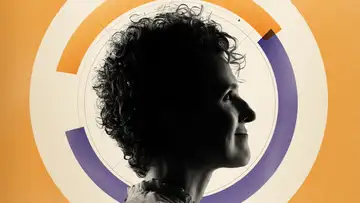New Wearable Tech for the Visually ImpairedTop of Mind with Julie Rose • Season 1, Episode 604, Segment 3
Jul 27, 2017 • 12m
Guest: Santani Teng, PhD, Postdoctoral Researcher at Smith-Kettlewell Eye Research Institute
Watching a person with visual impairments navigate the world with the use of a long white cane is truly awe-inspiring. The cane is a really low-tech solution, but in experienced hands it's very effective. Not perfect though: it can tell someone if there's an obstacle ahead, but not precisely what that obstacle is. A team at MIT has developed a solution that could help.